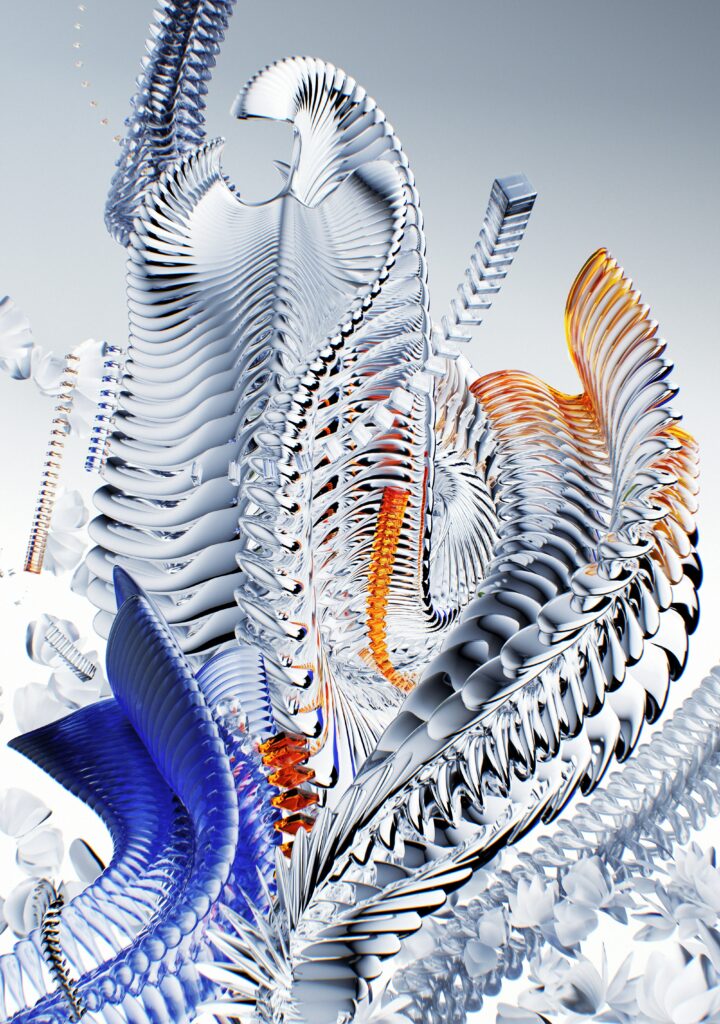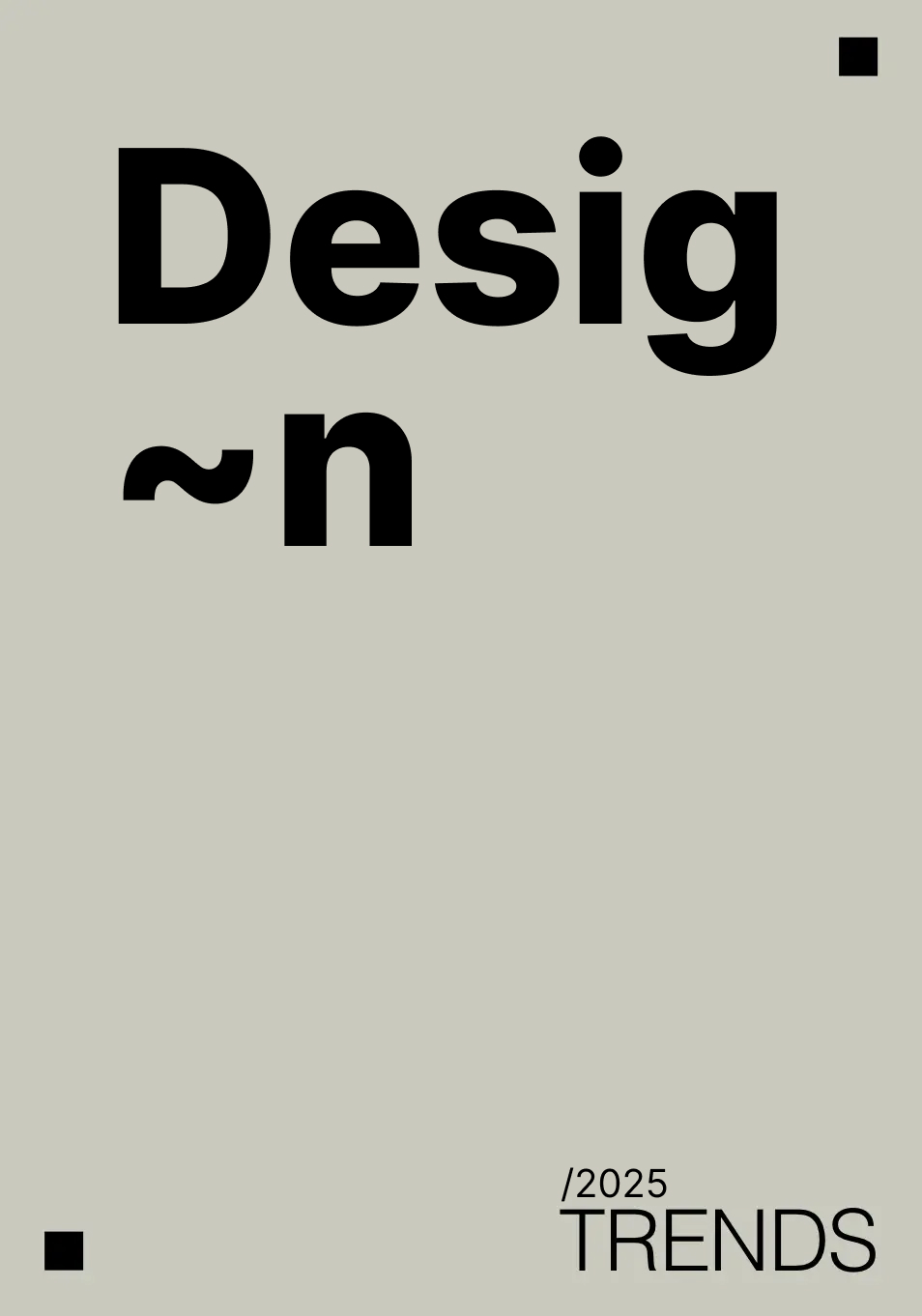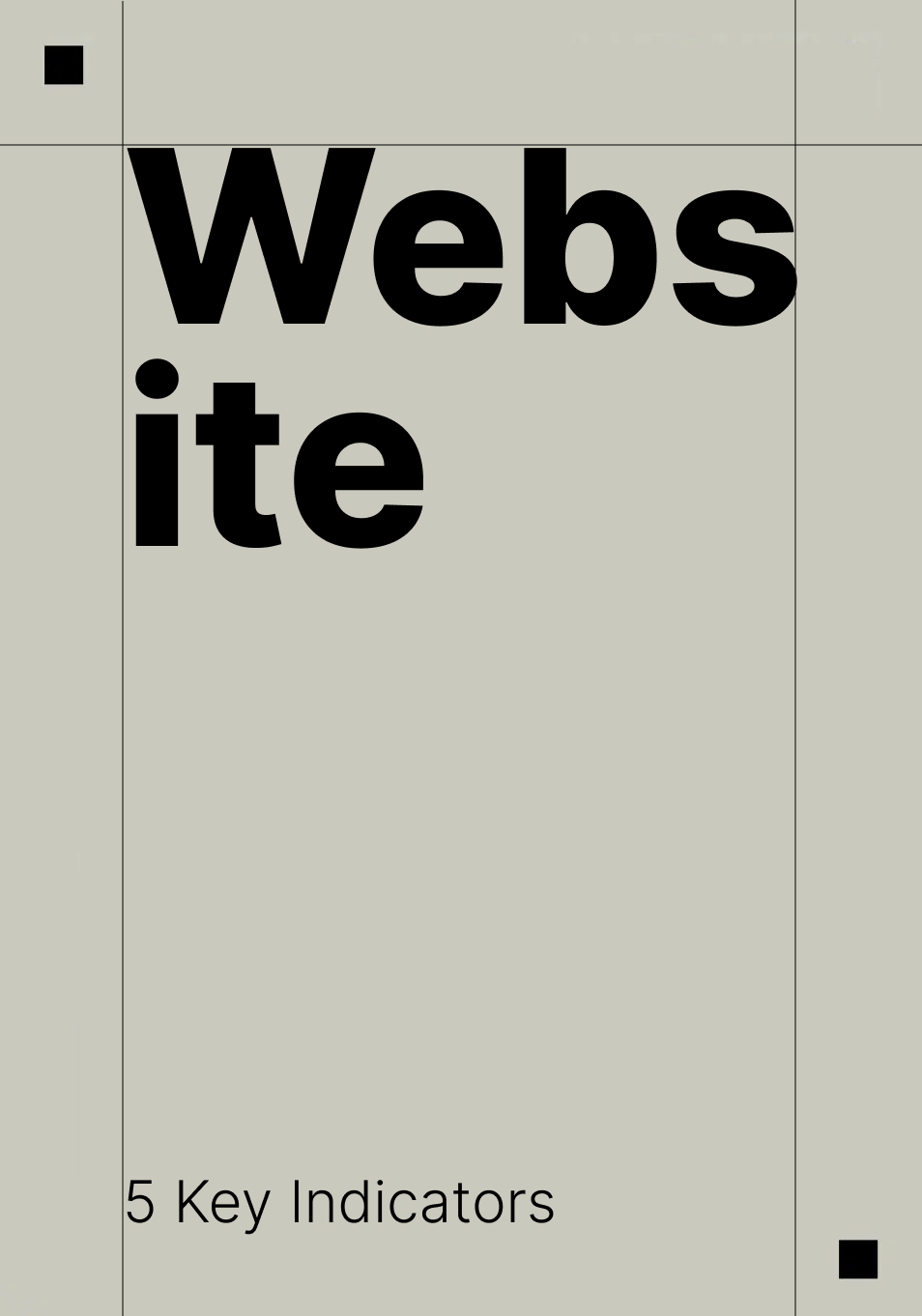Artificial intelligence (AI) is transforming the design landscape, pushing boundaries and reimagining possibilities for product designers and creators alike. As a product designer, exploring AI’s capabilities opens doors to smarter, more efficient design processes, from rapid prototyping to personalized user experiences. However, leveraging AI in design requires a thoughtful approach to maximize its potential while maintaining creative integrity. Here are key factors to consider when incorporating AI into your design process.
Understanding AI’s Role in Design
The first step is to understand how AI can enhance your design work. AI isn’t a replacement for creativity; rather, it’s a tool that can automate repetitive tasks, analyze user data for insights, or even suggest creative directions. By letting AI handle mundane tasks, designers can focus on the bigger picture—concept, strategy, and innovation.
Enhanced Prototyping and Iteration
One of AI’s most valuable contributions is speeding up the prototyping and iteration phases. AI-powered design tools can generate multiple design variations in seconds, helping designers explore diverse concepts quickly. With this rapid iteration, you can test ideas, refine layouts, and find the most effective solutions faster than ever, making the entire process more efficient and collaborative.
“AI isn’t a replacement for creativity; rather, it’s a tool that can automate repetitive tasks, analyze user data for insights, or even suggest creative directions.”
Personalizing User Experience
AI can analyze vast amounts of user data to offer insights into preferences, behaviors, and needs, making it a powerful tool for personalizing the user experience. By integrating AI into your design process, you can create products that adapt to each user, delivering tailored interactions and content that resonate on a deeper level. However, it’s essential to balance personalization with user privacy and maintain transparency about data usage.
Ethical Considerations
As AI becomes more involved in design, ethical considerations around data privacy, bias, and transparency become critical. For instance, AI algorithms trained on biased data can unintentionally reinforce those biases, which can negatively impact user experience and inclusivity. Always ensure your AI tools align with ethical standards and consider how they might affect your users on a personal level. Embrace diversity in data sets and prioritize transparency with users to build trust.
Balancing Innovation with Intuition
AI is often geared toward data-driven decisions, but design is also about intuition and empathy. AI tools can provide valuable insights, but they shouldn’t dictate every design choice. Use AI to inform your decisions, but always incorporate human-centered design principles and user empathy to ensure the final product is both functional and meaningful.
AI is a transformative force in design, but the key to successful implementation lies in balance. By understanding its capabilities and limitations, designers can harness AI to streamline workflows, personalize user experiences, and unlock new creative possibilities. Ultimately, AI in design is about enhancing—not replacing—the unique perspectives and creativity that designers bring to the table. As AI continues to evolve, those who can master this balance will be at the forefront of a new era in design, where human ingenuity and machine intelligence work hand in hand.




